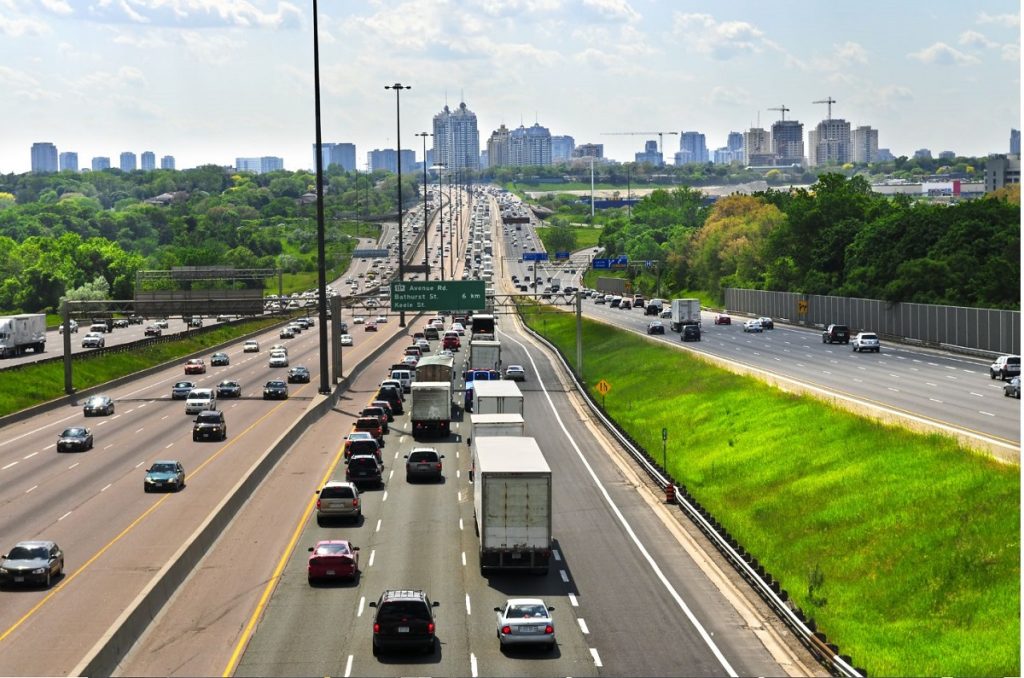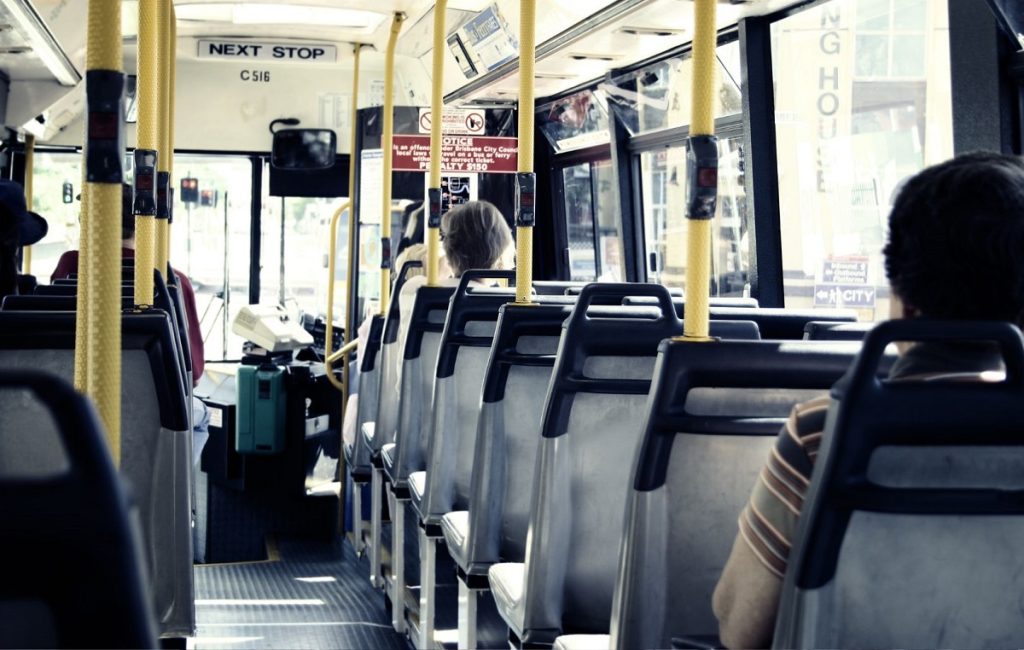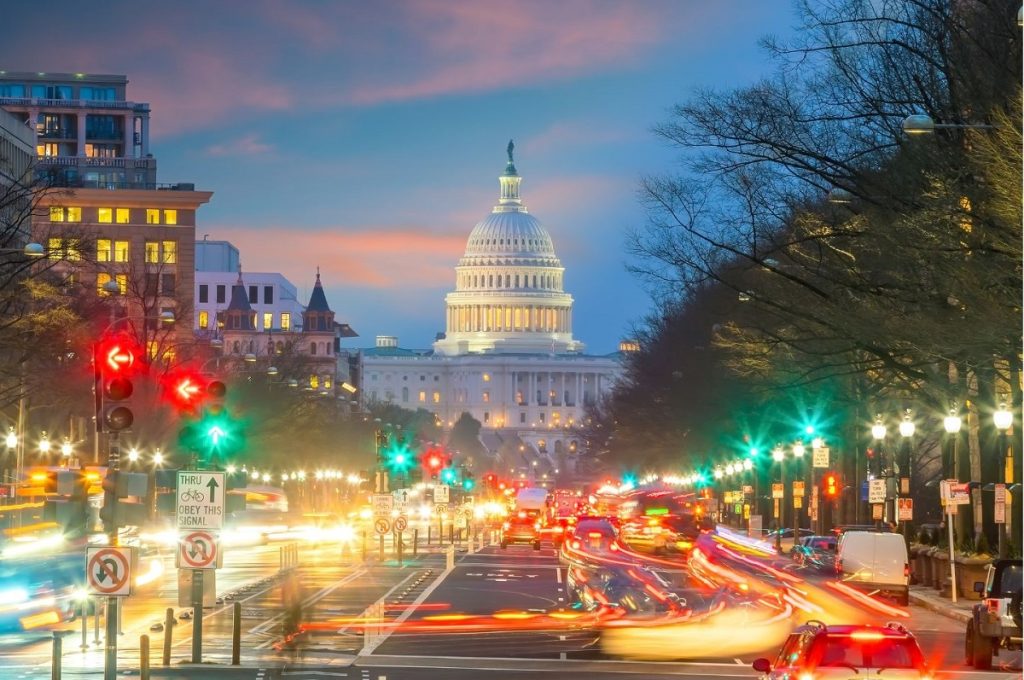The remote work required by the pandemic eliminated the pre-COVID commute for many workers. Not all workers were able to do their jobs from home, but remote workers seldom had to leave home. The result was less traffic congestion, a faster commute for those who had to report to work, and declining ridership on public transit.
Ditching the pre-COVID commute was, for many people, one of the greatest benefits of having to work from home during the pandemic. Especially for those who had long commutes in heavy traffic, removing the travel aspect of work offered an hour or two of extra time to spend working, relaxing, or doing other things. Now that most people have returned to work for at least part of the week, commuting times are ramping back up again. However, the experience made changes in commuting patterns that will not be quickly undone.
How Did The Pandemic Impact The Pre-COVID Commute?
Starting in 2020, those who could work from home did so, which left the roads emptier and less congested. When the commute for many people involved walking to the coffee pot in their home or apartment, those who had to venture out found the roads less crowded.
In many cities around the country, those who had to commute reported that those on the roads drove faster and less careful – patterns that still prevail. The journey is faster but riskier.
As more people are now back at work, there is more traffic on the road, so commuting time is steadily increasing around the country. As many workers do not have to report to the office every day, hybrid work still reduces traffic on some days. Less rigid work hours stagger traffic as well.

Getting Back To Normal
Fewer than 40% of jobs can be performed remotely. Only white-collar jobs dependent on computer technology requiring little or no face-to-face contact are suitable to perform at home or outside the office environment. When people were called back to work as the health crisis subsided, lower and middle-income workers were most likely required to be on site. Higher-income workers retained the most say over whether they would come back.
By 2022, traffic became heavier when many workers started returning to the office. In addition to commuters, truckers with trailers full of online shopping purchases increased the commute nationwide from 25.6 minutes in 2011 to 26.4 minutes in 2022. (Note that the cumulative impact on 136 million people is more significant than the individual impact.)

Proximity To Work
The ability of many people to work remotely brought about two divergent trends.
Many employees worked from vacation homes or properties far from their local area or even went abroad as digital nomads. Armed with a laptop and a reliable Internet connection, people could do their job from anywhere. Some workers even purchased out-of-state homes near family or in an inviting recreational area, while others moved to less costly areas further from their office. As companies issued return-to-office (RTO) mandates, employees found new jobs, moved, or committed to a longer commute.
At Amazon, workers protested the callback, as employees who informed the company they moved believed they could work out of any nearby office. The company demanded that they report back to certain hubs. Many people left for other jobs or risk termination.
Workers who like their current home and their job may choose to be super commuters who travel 90 minutes or more each way to work. Remote work lessened the need to travel long distances to the office, but once workers were called back to work, super commuting became common again.
Recent Census Bureau dates referenced by Axios show that commute times have decreased since 2019. A “Great Reshuffling” took place during the pandemic and after as workers sought new jobs that gave them more time with their families. They took jobs nearer to where they lived or moved nearby in an attempt to retain some of the work-life balance they began to appreciate during COVID-19.
| Length of Commute | 2019 | 2022 |
| Less than 15 minutes | 24% | 25% |
| 15-29 minutes | 33% | 35% |
| 30-44 minutes | 21% | 21% |
| 45-59 minutes | 8% | 7% |
| 1 hour or more | 10% | 8% |
Impact On Public Transit
Workers who rely on public transportation have not reaped the benefits of a more streamlined commute. During COVID, many transit riders with cars available drove when they needed to distance themselves from illness. Drivers, conductors, and maintenance workforces, unable to work from home, were depleted by illness led to service disruptions for riders. As ridership declined, service cuts followed. Those with cars continued to drive, while those forced to take the bus or train experienced delays that doubled their commute as compared to drivers.

Ridership is still down across the country. For example, ridership in 2022 was down by 68% in Chicago, 77% in Washington, 88% in Columbus, and 91% in Detroit. Falling ridership has led to huge shortfalls, which will burden those dependent on transit. In Chicago, the Chicago Metropolitan Agency for Planning projects a $730 million shortage starting in 2026 unless usage rebounds.
The pandemic made many workers embrace the freedom of driving their car to work without waiting for public transit or having other passengers. High tolls and parking charges in many cities may send more affluent workers back to the metro station.
The Changing Commute TO DC
The community patterns in every city are different, but the case of Washington, DC illustrates the long-range impact of change. Regional commuting changed in several ways.

- In DC, which attracts many people from Maryland and Virginia, the morning commute starts picking up at 4:00 AM and declines until noon when it starts picking up for the evening commute home.
- Compared to 2019, both morning and evening rush hours have less traffic, while the midmorning in 2023 is busier than before. Statistics reflect the trend toward flex time and hybrid work.
- Weekend traffic is also busier. According to Cinzia Cirillo, interim director of the Maryland Transportation Institute and professor at the University of Maryland, many who work at home travel more on the weekends. In a study he did in Belgium, he found similar results.
- Some commuters who previously rode the Metrorail or Metrobus are now driving. During COVID, those who needed to report to work might have felt safer in their own cars than on public transportation.
- About half the transit line riders turned to telework, which resulted in large budget deficits for transit companies in DC, Maryland, and Virginia. As many workers are going into the office just a few days a week, ridership is improving, especially in the middle of the week.
- President Biden recently called federal employees back to work in government offices. Federal workers who hate the commute are resisting, often with the support of their unions.
- If federal workers and other employees return to work full-time, both road congestion and metro ridership will likely increase. This traffic has increased in 2023, so toll revenues on express lands on 495 and 95/395 are up by 13% from June 2022 to 2023.


